Are heated towel rails worth it? Our verdict, FAQs and more

A heated towel rail is a surefire way to banish damp, limp towels, a fact which few can argue. For some reason, however, people still have doubts about them with concerns about costs, safety or otherwise. Some of these issues have dated as heated towel rails have gone through much development over the years with some great new features to speak of.
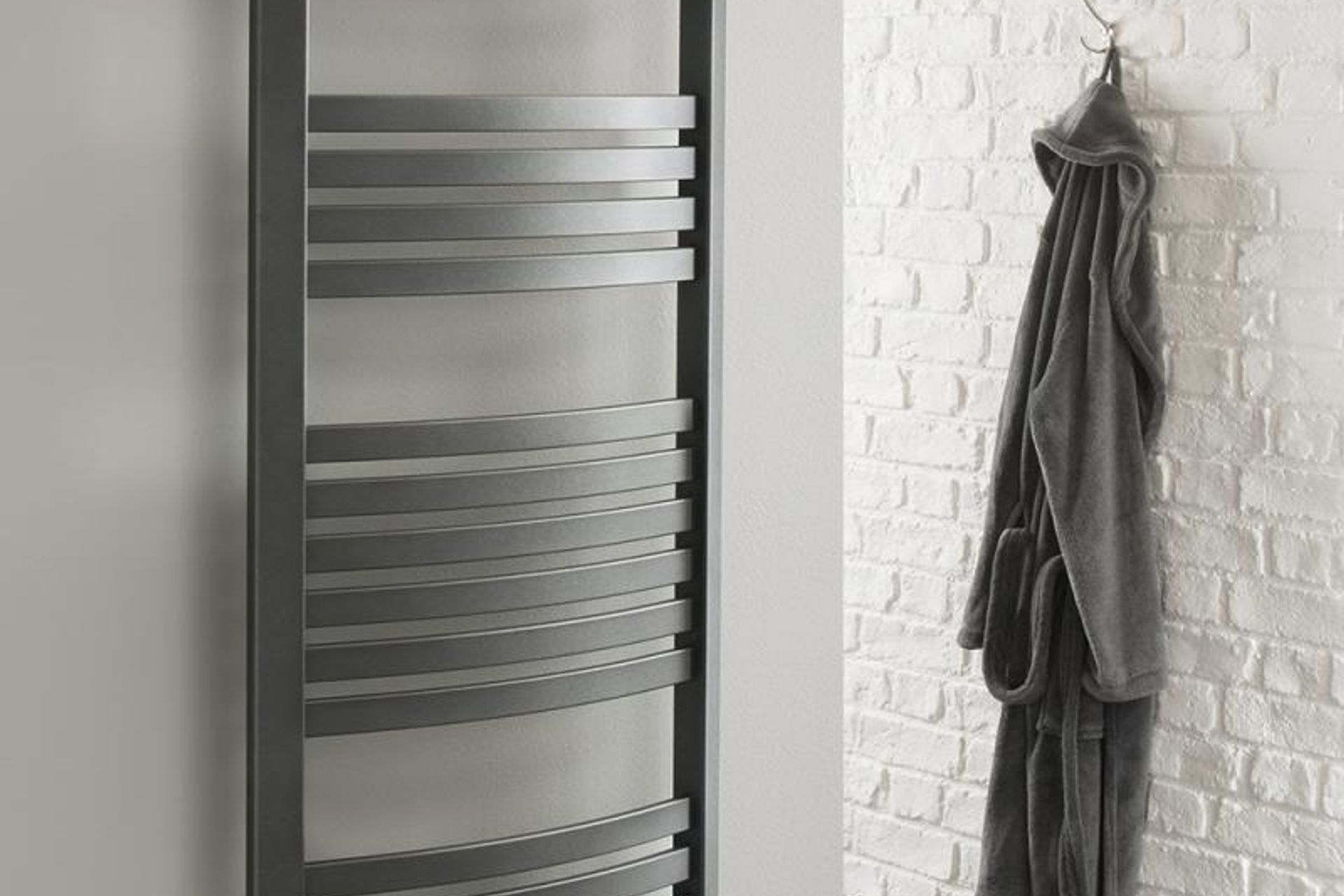
The undeniable advantages of a heated towel rail
There are many great advantages when it comes to heated towel rails but the three main ones are having warm and dry towels, storage and style.
Having warm and dry towels are arguably their most attractive feature and the main reason they were invented. As well as the comfort factor, there are also health implications to this benefit as well as wet towels increase the risk of mould growth. Mould thrives in bathrooms that are moist and poorly ventilated.
Towel storage is also important for keeping your bathroom neat, tidy and within reach. They are a much more efficient solution than shelves and cabinets because they use much less space. They also allow you to showcase your towels so that they become a visual element in the room.
Modern towel rails are also gorgeous. If you haven’t seen a newer model in a while, you might not actually recognise them. You can still get your sleek traditional stainless steel models but now there are matte black, bronze, brushed gold and more for you to consider. You’ll also find different styles of heated towel rails like, for instance, ladder rails which are incredibly trendy at the moment.
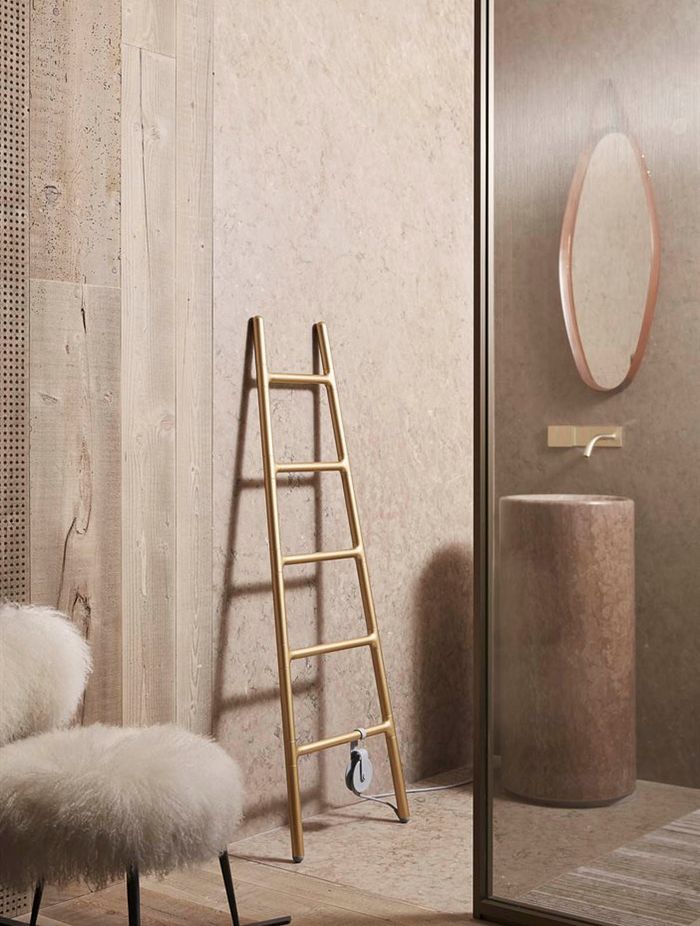
Types of heated towel rails
It’s also important to acknowledge the different types of towel rails available as again some of these will be new to people. These are:
- Electric
- Liquid-filled
- Hydronic heating system connected
Electric and liquid-filled are great options if you don't have central heating. When you cover an electric towel rail with a towel, it will get hotter to a maximum of 55°C - the perfect temperature for a warm towel. Hydronic and liquid-filled towel rails will also reach 55° but won't get any hotter when you put towels on them.
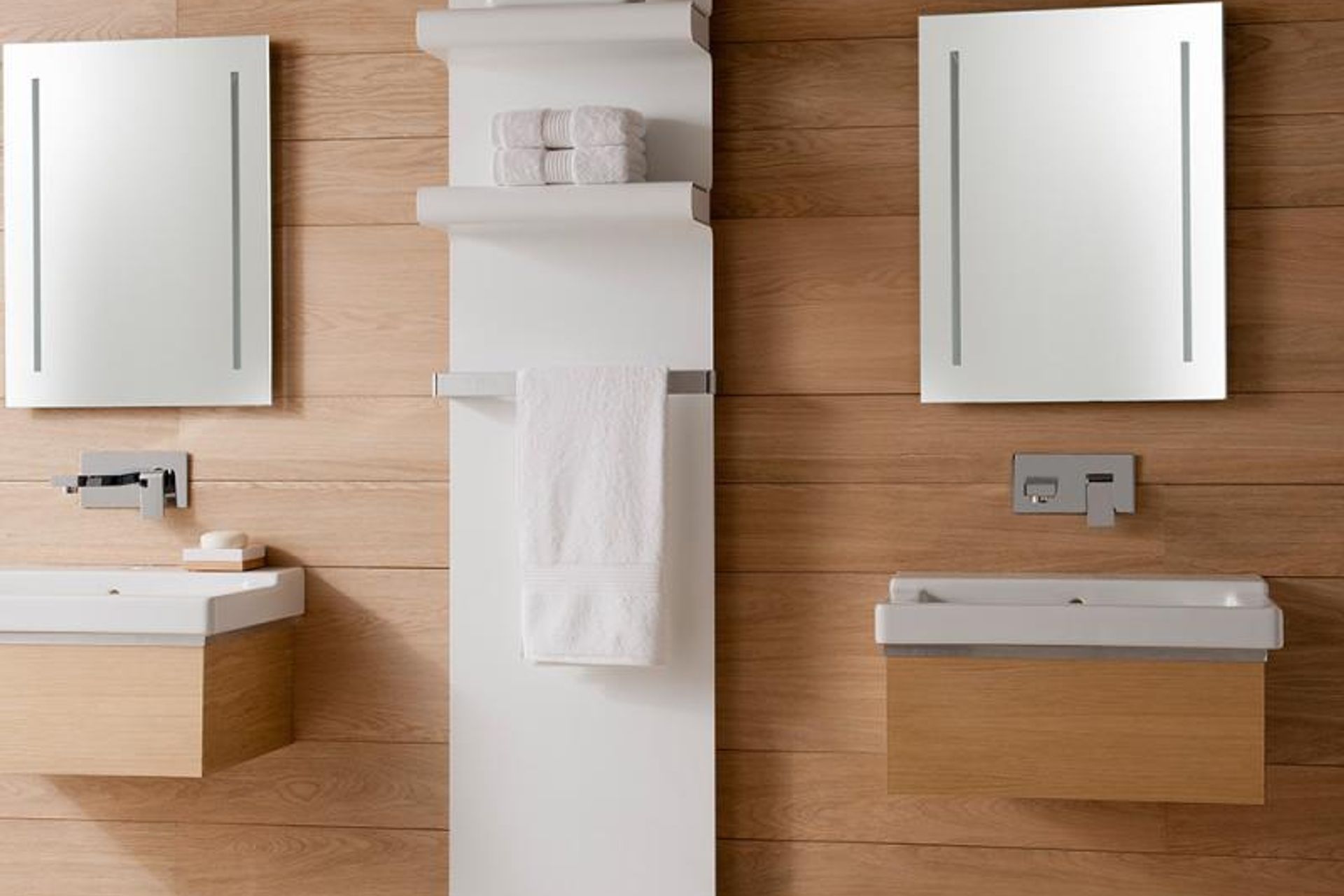
Heated towel rail FAQs
Now you know about the different types of heated towel rails and the main advantages, it's time to address some of the most frequently asked questions and concerns.
How much does a heated towel rail cost to run?
Cost is one of the main concerns when it comes to heated rails but you can calculate your running costs to give yourself at least some idea. Simply take the wattage of your heated towel rail, the cost of electricity and how long you'll run it.
For example, electricity costs on average between 20c/kWh to 31c/kWh (cents per kilowatt-hour) depending on your State of residence.
So if you have a 100W towel rail and use it for 5 hours a day at a rate of 25c/kWh it will only cost you 13cents per day. That’s probably a lot less than you might have expected.
You can find more energy efficient or less powerful models which will cost even less.
You can calculate the cost of an additional central heating radiator based on your current usage.

Are heated towel rails safe?
Some people have a lingering concern that their towels will catch fire while they're out. The power output of electric towel rails is limited, so this can never happen.
What about the risk of burns? Clearly, towel rails do get hot and are not designed to stay in contact with your skin. If your skin is exposed to a 60°C for ten seconds, you can develop a full-thickness burn.
But heated towel racks are normally limited to 55°. If you treat them like a regular radiator or heater, the risk of burns is low.
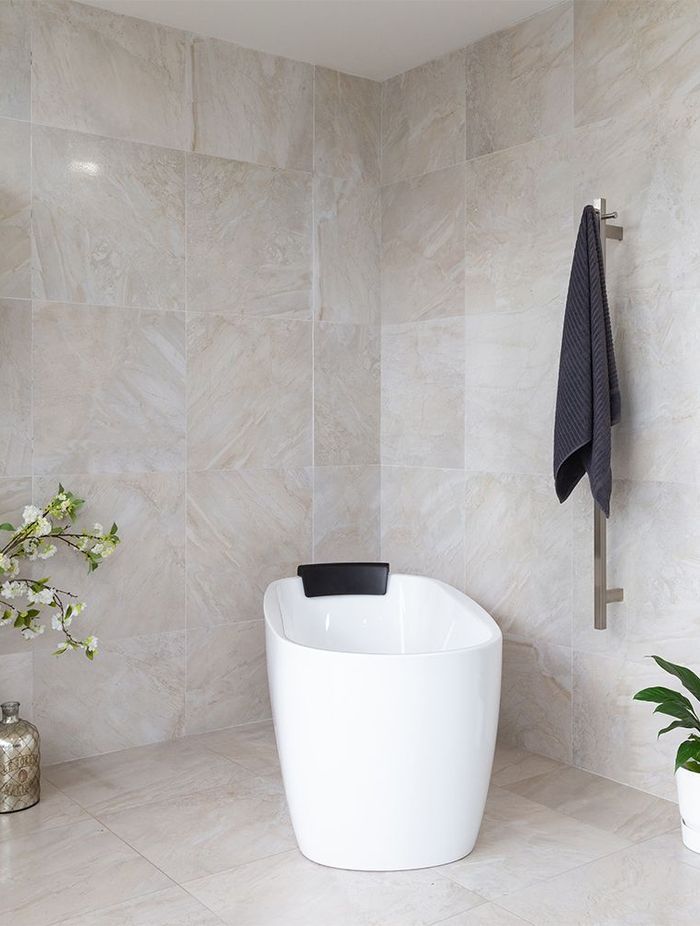
Where can you place a heated towel rail?
In terms of placements, there is some flexibility depending on the type of towel rail and the area according to its wet zone.
Wet zones are defined by the following measures:
- Zone 0: An area of the bathroom submerged in water (i.e. inside the tub)
- Zone 1: An area of the bathtub/shower not submerged in water but exposed to water splashing and spraying
- Zone 2: Beyond the main area of the bathtub/shower but likely to have water spraying or splashing
- Zone 3: An area unlikely to be subject to water spraying or splashing
You can install 12V towel rails in Zone 1 of your bathroom so long as the transformer is outside Zone 1. A 240V towel rail can be installed in Zone 2, away from water.

How high should a towel rail be?
In principle, it can be as high as you want it to be. However, a height of between 300mm - 450mm is recommended.
It will also depend on the aesthetics of your bathroom, the dimensions of the towel rail, and the electrical or plumbing connections it needs.
You should position it so that you can easily arrange towels on all parts. Also, there should be enough clearance so towels don't drag on the floor. Talk to your plumber before he or she starts wall mounting it to find the perfect height for your bathroom.
How do you attach a towel rail to the wall?
Like other bathroom accessories, a towel rail attaches to a plaster wall using wall mates and screws. If your electric towel rail is in the wet zone, the electrics will be concealed, with the transformer in the wall or ceiling. Otherwise, you can use an existing electrical point, or ask your electrician to install one for you.
Simply find the correct position and mark it on the wall. Check that your marks are level with a spirit level. Check for studs using a stud finder.
Once you are sure there are no studs in the desired location, use plaster wall mates to attach the fixings to the wall. Usually, an Allen key is provided to attach the heated towel rail to the fixings. Now you can plug it in, and it's ready to go.
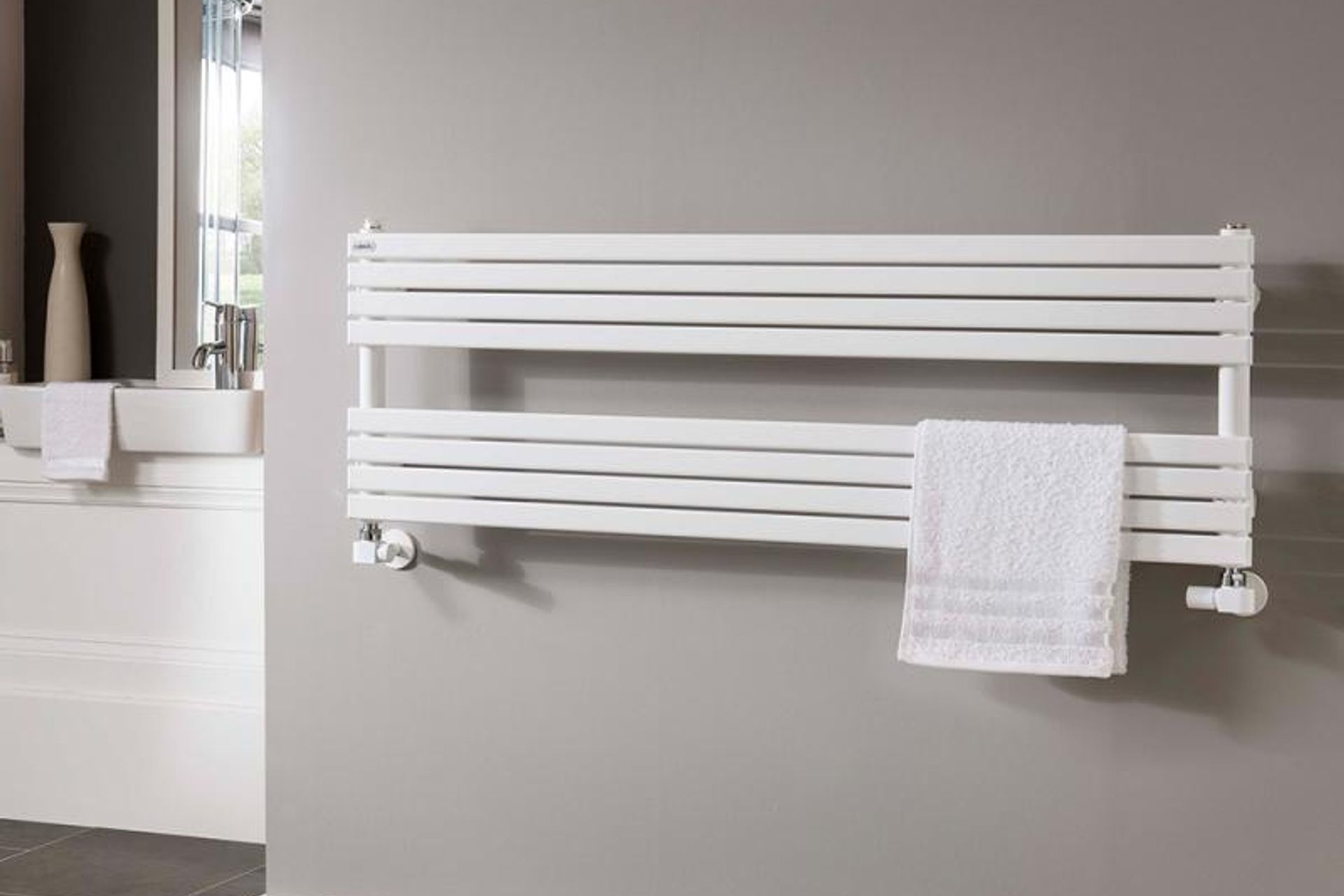
How do you fold towels on a heated towel rail?
There is actually a specific way to fold your damp towels on towel rails to use them in the most efficient way. If you simply drape your towel over the rail, at best you'll end up with a slightly warm towel. To trap the heat and get it warm and dry, you need to fold it in half, and then half again lengthways. This will create 4 layers.
Next, take the towel and drape it so that most of the towel comes into contact with the heated bars of the towel rail.
What size towel rail is best for a bathroom?
As a basic guide, you'll need a small towel rail for a small bathroom, and a larger one for a bigger bathroom. But also take into account the number of family members that will use it. The bigger the household, the more towels will need to be accommodated.
How do heated towel rails work?
Heated towel rails work by using electricity or the home's central heating system. Electric models heat up through internal elements, while hydronic ones circulate hot water from the central heating system through the rails, warming towels hung on them.
Are heated towel rails different than towel warmers?
The terms "heated towel rails" and "towel warmers" are often used interchangeably. Both heated towel rails and towel warmers serve the dual purpose of drying and warming towels.
Are heated towel rails worth it? The verdict
The resounding answer to the question, 'Are heated towel rails worth it?' is yes, at least in our opinion and hopefully yours now too. They're a little bit of luxury but so much more. A dry towel is a safer, healthier towel and modern options are incredibly stylish, adding a visually pleasing feature to your bathroom.
Find the perfect heated towel rail for your bathroom on ArchiPro
